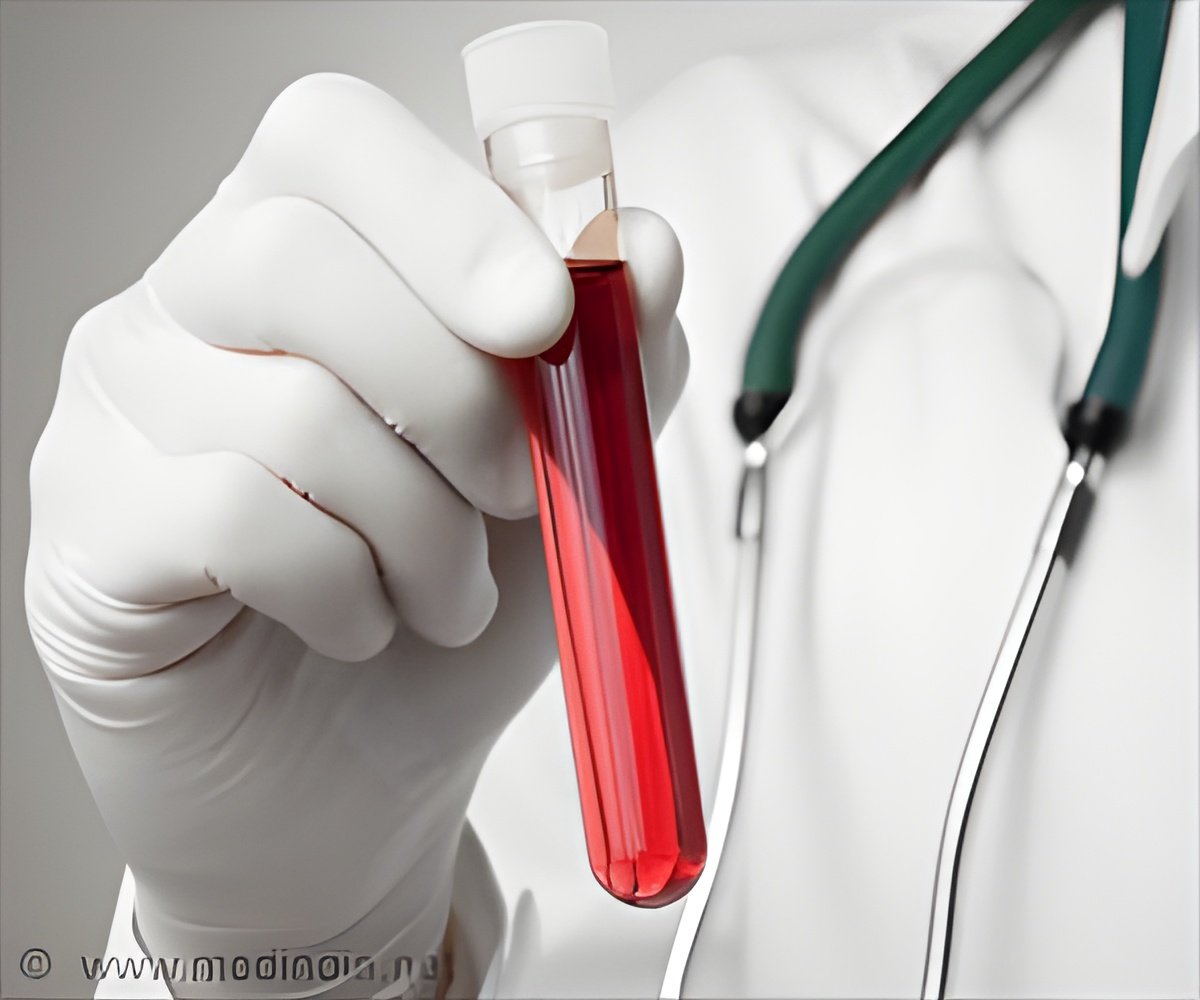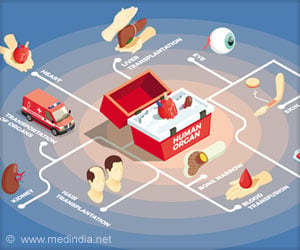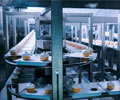A simple supercooling method has been devised to keep liquids from freezing at very low temperatures for longer period of time and this can help preserve blood cells, tissues and organs for extended periods.

‘A novel, yet simple method has been devised to keep liquids from freezing at very low temperatures for longer period of time and this can help preserve blood cells, tissues and organs for extended periods.’





While they currently have accomplished this for volumes of only a few ounces, their approach - described in the journal Nature Communications - may someday enable safe, extended preservation of blood cells, tissues and organs, along with improved food preservation. "Water and other aqueous solutions in the sorts of volumes we deal with every day normally freeze when cooled below the freezing point of 0° C or 32° F," says O. Berk Usta, PhD, of the MGH-CEM, co-corresponding author of the report. "Our approach, which we dubbed 'deep supercooling,' is simply to cover the surface of such a liquid with a solution that does not mix with water, like mineral oil, to block the interface between water and air, which is the major site of crystallization.
This surprisingly simple, practical and low-cost approach to supercooling solutions for extended periods can enable many medical and food preservation methods, as well as fundamental experiments that were not previously possible."
In most real-world environments, water and water-based solutions begin to freeze when the temperature reaches below 0° C/32° F, with ice crystals randomly forming where the liquids contact air or various impurities in the solution.
Supercooling - reducing a liquid below its usual freezing point without crystallization - has been achieved for very small volumes and brief periods of time or by using high pressure equipment that is both costly and possibly damaging to tissues or other biological materials.
Advertisement
Following upon observations by lead author Haishui Huang, PhD, the team first found that sealing the surface of a small (1 ml) water sample with a hydrocarbon-based oil - such as mineral oil, olive oil or paraffin oil - could suppress ice formation at temperatures as low as -13° C (around 9° F) for up to a week.
Advertisement
The team also demonstrated application of their deep supercooling method to the extended preservation of red blood cells. While red blood cells are usually stored at 4° C (39° F) for as long as 42 days, recent reports have suggested that cell quality at that temperature begins to decline after around 14 days, and irreversible cellular injury sets in after 28 days, challenging current blood banking practice.
The MGH-CEM team's preliminary experiments indicated that their deep supercooling approach could safely preserve red-blood-cell suspensions of up to 100 ml at -13° C for as long as 100 days, more than doubling the current storage time.
"We currently are conducting experiments to increase the volume of red blood cell storage samples up to the more clinically relevant 300 to 500 ml range," says Usta, who is an assistant professor of Surgery at Harvard Medical School. "We also are working on applying this method to other cells and on translating it to large tissues and whole organs like the liver.
Along with potential applications in medicine and food preservation, we also believe this invention could be used to study chemical reactions in the liquid state at low temperatures without the usual costly and complicated high-pressure equipment."
Source-Eurekalert













